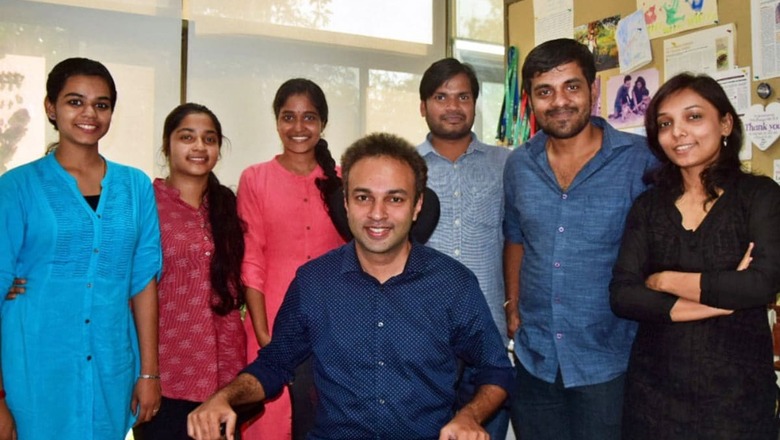
views
The unusual periodic warming of the equatorial Pacific Ocean and subsequent formation of El Niño has always worried scientists tracking the southwest monsoon. The phenomenon, which occurs every two to seven years, is known for its disastrous impact — deficient monsoon rains and drought in severe cases.
Now with global warming at an all-time high, El Niño may no longer influence the monsoon the same way it did a few decades ago.
A team of researchers from the Indian Institute of Tropical Meteorology (IITM), Pune, and Indian Institute of Science Education and Research (IISER), Mohali, has shown how El Niño’s inverse relationship with monsoon strengthened from 1901 to 1940, remained stable between 1941 and 1980, but began to decrease from 1981 to 2018. Interestingly, its impact was found to be different for different regions across the country.
The study published in the peer-reviewed journal Scientific Reports also illustrated how El Niño has weakened drastically for Central India, become exceptionally stronger for Northern states, and remained stable for South India over the last three decades. This means that the rainfall over Central India may not get impacted much due to El Niño, but it will continue to play a major role in reducing rainfall over North India.
WHY IS THIS IMPORTANT?
Monsoon brings over 78 per cent of the annual rainfall over India. El Niño formation can reduce this rainfall, and has potential to trigger droughts and impact the food grain production in the country. One of the worst impacts were seen during 2015-16 El Niño which left major parts of India parched. So an accurate prediction of monsoon rains depends a lot on how the El Niño is simulated by the monsoon forecast model.
“While a strong and steady ENSO-monsoon correlation over north and south India means that this relationship can be used for improved monsoon forecasts over these regions. But we should note that the ENSO dominance over the core monsoon zone is weak, which means that seasonal prediction over this region has become less predictable in the recent decades,” says co-author Dr Roxy Mathew Koll from IITM, Pune.
The findings are critical as Central India consists of the core monsoon zone — from West Bengal, Odisha, Madhya Pradesh to Gujarat which largely has rain-fed agriculture. “Our study shows that rainfall over the central states may not get drastically impacted by El Niño. But, there are other factors like monsoon trough which have become more dominant,” says co-author Dr Vineet Kumar Singh, former researcher at IITM, Pune.
BUT WHY IS IT HAPPENING?
Indian monsoon is dependent on various ocean-atmosphere teleconnections like El Niño. With global warming, many of these patterns are not the same as they used to be decades ago. Apart from the overarching influence of climate change, another major reason that scientists found is the increase in moisture incursion from Arabian Sea over Central India during the four-month season, which causes more rains.
Previous studies have shown that there is also an increase in the depressions/low pressure systems forming in the Bay of Bengal which are now moving towards Gujarat and Madhya Pradesh, instead of north-western states. As a result, there is more rainfall over Central India, than the north-western states. Both the factors are nullifying the impact of El Niño. This also means that meteorologists would have to closely monitor the Indian Ocean warming since it has a greater influence on how much rain Central India gets during the monsoon season.
Though 2023 is another El Niño year, it has not affected the monsoon rains over India so far, with surplus rains recorded in July. “This year so far, the impact of ENSO is limited as the atmospheric teleconnection is weak, but the impact of El Nino might be more dominant in the second half of the monsoon,” added Dr Singh now at Jeju National University, South Korea.
















Comments
0 comment